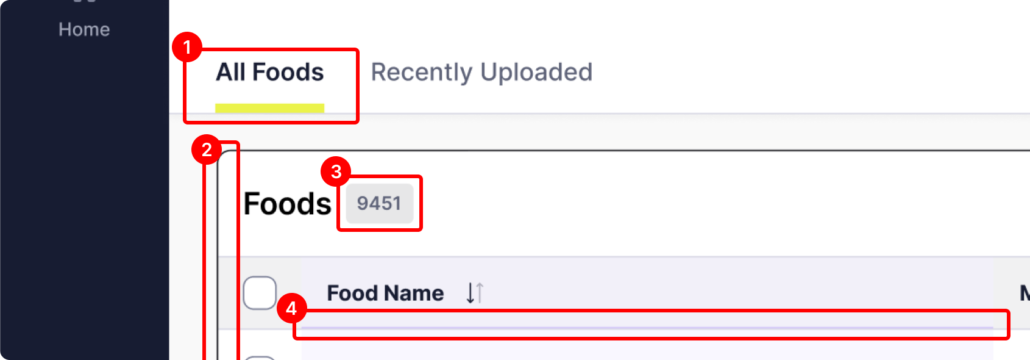
Why user experience is more than just user interface design
If I’ve ever had the pleasure of working with you or for you, you’ve probably heard me preach on my soapbox more than once about how User Experience is so much more than just the design of a user interface. User Experience is, as the term implies, about everything and anything that can impact the experience a user has when interacting with a software product or website. In this post, I touch on a few areas that can have a direct impact on a user’s experience – but have nothing to do with UI design.
Front-end performance
Application architecture enhancements
We recently had a client experiencing a gradual increase in Average Page Load times. After some deep digging into their application, we discovered a poorly architected Product Reviews engine forcing the site to load a massive XML file on any page with product reviews. As the products on the site got more reviews, the XML file continued to bloat, which caused the site to gradually get slower and slower. A simple rewrite of 8 lines of code quickly shaved 4-6 seconds off the Average Page Load times.
Slow products kill revenue
The truth is, that people tend to perceive pages to load about 15% slower than the actual page load time, and poor performance can quickly translate to lost revenue:
- Every second of delay in page loading time can result in a 7% decrease in online sales
- 57% of online consumers will abandon a site after waiting 3 seconds for a page to load
- 80% of these people will not return
- Of these, almost half will tell others of their negative experience
- General rule of thumb: any page that takes longer than 8 seconds to load will be abandoned
- 85% of mobile users expect sites to load at least as fast, or faster, than on their desktops
- 73% of mobile users have encountered a website that was too slow to load
- 33% would go to a competitor’s website
(Source: Strangeloop Networks, 2012)
Application and infrastructure performance monitoring
In a recent Lunch & Learn at Fusionapps, our Network Operations team gave a great presentation on Application Performance Monitoring. In the presentation they demonstrated how they use tools, such as AppDynamics Transaction Monitoring and Solarwinds that can proactively alert you to potential problems before they happen.
The fact is, no software product, hardware product or network connection is perfect. Application processes get hung up, firewalls go down, and load balancer stop balancing — all things that will ultimately effect your end-users. To avoid being in a constant state of reactive troubleshooting, make sure your hosting provider and/or infrastructure management team utilizes monitoring tools so that potential problems can be resolved before they happen. Some common application and infrastructure issues we’ve encountered include:
- Too many DNS Lookups and HTTP Requests
- A Large Number of 301 and IIS Redirects
- Heavy traffic from third-party services
The bottom line is that designing a great User Experience means that you need to bake everything from a usable interface to site speed performance to Application and Infrastructure Monitoring into your product or site from the very beginning because it all matters.




